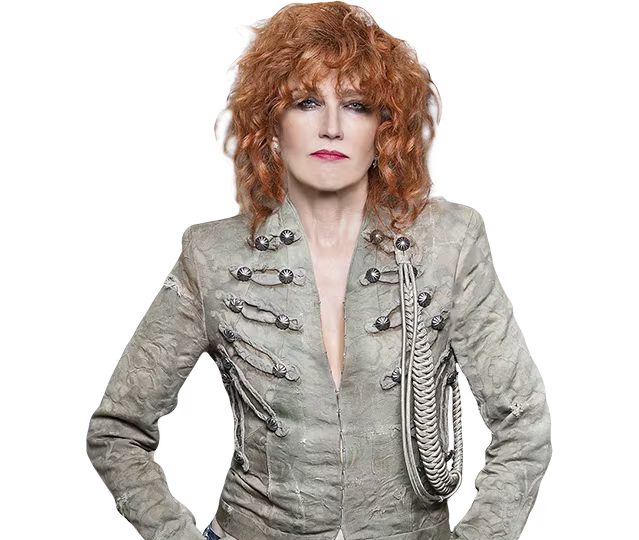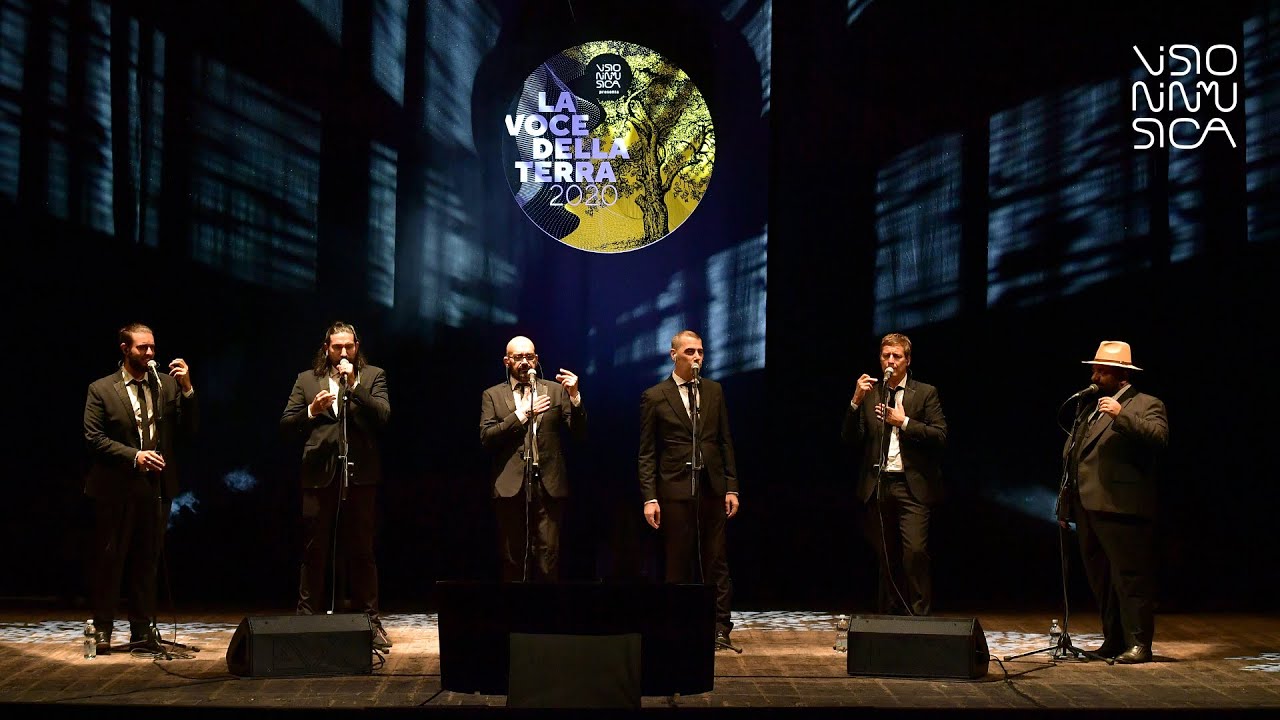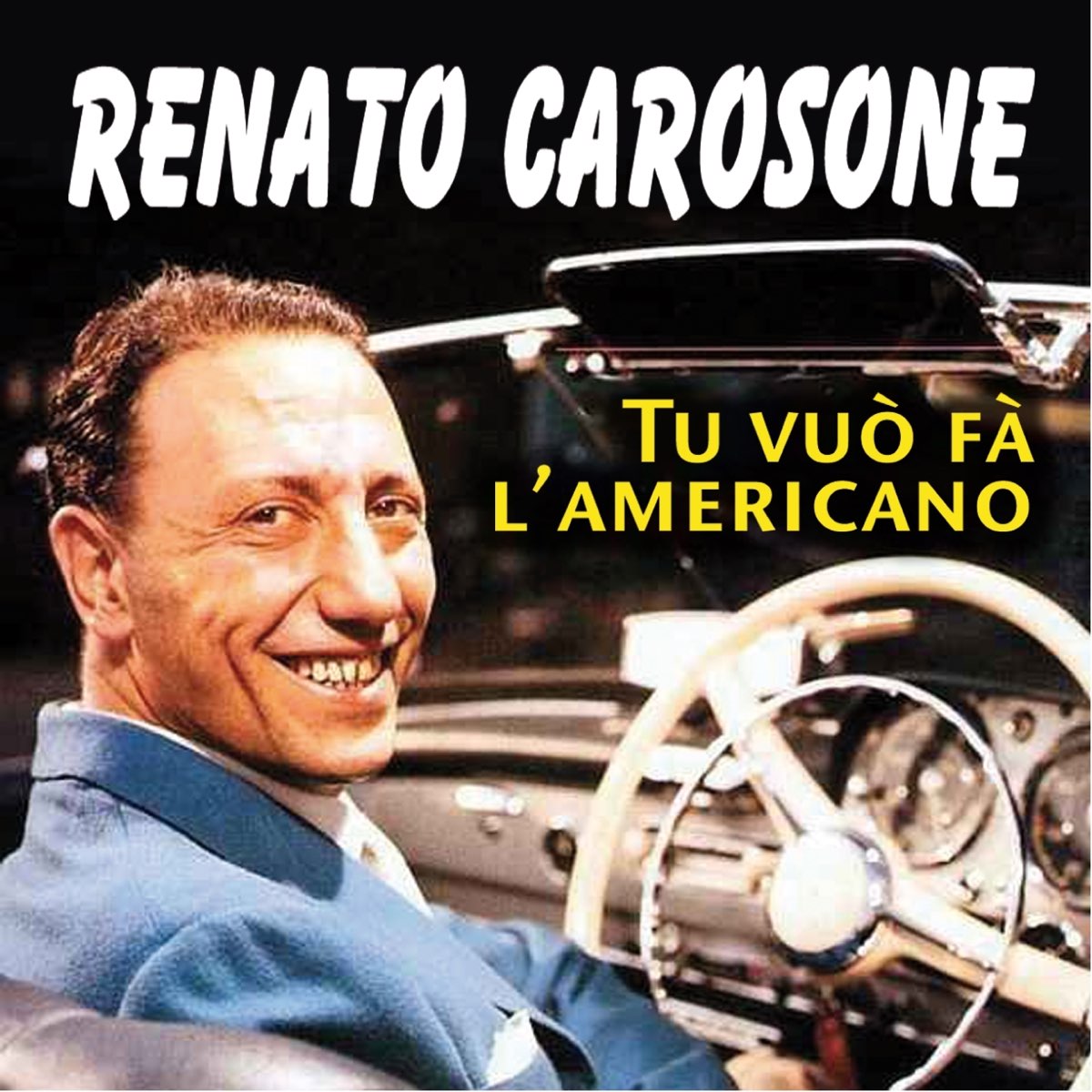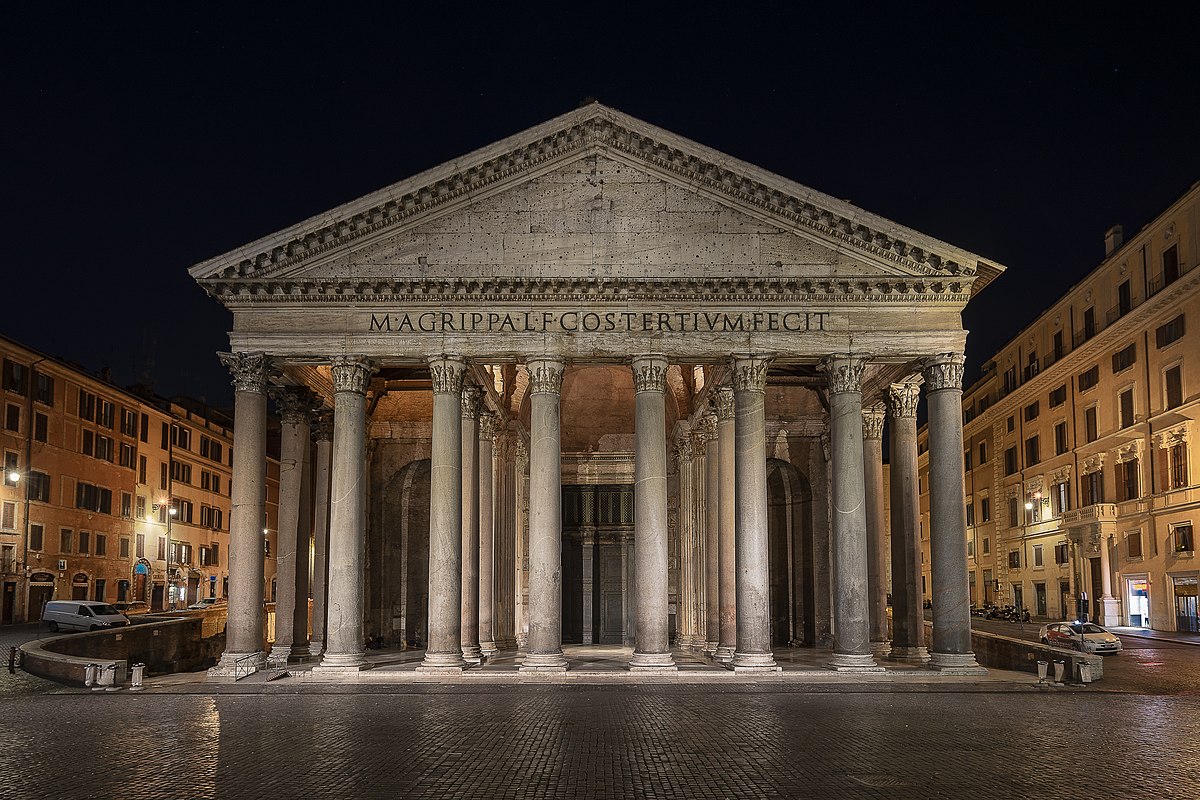
Il Pantheon (in greco antico: Πάνθεον [ἱερόν], Pántheon [hierón], «[tempio] di tutti gli dei»), in latino classico Pantheum[1], è un edificio della Roma antica situato nel rione Pigna nel centro storico, costruito come tempio dedicato a tutte le divinità passate, presenti e future. Fu fondato nel 27 a.C. dall'arpinate Marco Vipsanio Agrippa, genero di Augusto. Fu fatto ricostruire dall'imperatore Adriano presumibilmente dal 112-115 fino al 124 d.C. circa[2], dopo che gli incendi dell'80 e del 110 d.C. avevano danneggiato la costruzione precedente di età augustea.[3]
È composto da una struttura circolare unita a un portico in colonne corinzie (otto frontali e due gruppi di quattro in seconda e terza fila) che sorreggono un frontone. La grande cella circolare, detta rotonda, è cinta da spesse pareti in muratura e da otto grandi piloni su cui è ripartito il peso della caratteristica cupola emisferica in calcestruzzo che ospita al suo apice un'apertura circolare detta oculo, che permette l'illuminazione dell'ambiente interno. L'altezza dell'edificio calcolata all'oculo è pari al diametro della rotonda, caratteristica che rispecchia i criteri classici di architettura equilibrata e armoniosa. A quasi due millenni dalla sua costruzione, la cupola intradossata del Pantheon è ancora oggi una delle cupole più grandi di tutto il mondo[4], e nello specifico la più grande costruita in calcestruzzo romano.[5]
All'inizio del VII secolo il Pantheon è stato convertito in basilica cristiana chiamata Santa Maria della Rotonda[6] o Santa Maria ad Martyres, il che gli ha consentito di sopravvivere quasi integro alle spoliazioni inflitte dai papi agli edifici della Roma classica. Gode del rango di basilica minore ed è l'unica basilica di Roma oltre a quelle patriarcali ad avere ancora un capitolo[7]. Gli abitanti di Roma lo chiamavano popolarmente la Rotonna[8] ("la Rotonda"), da cui derivano anche il nome della piazza e della via antistanti[9].
Proprietà demaniale dello Stato Italiano, dal dicembre 2014 il Ministero per i beni e le attività culturali lo ha gestito tramite il Polo museale del Lazio, e dal dicembre 2019 attraverso la Direzione Musei statali di Roma. Nel 2019 ha fatto registrare 8.955.569 visitatori, risultando il sito museale statale italiano più visitato[10].


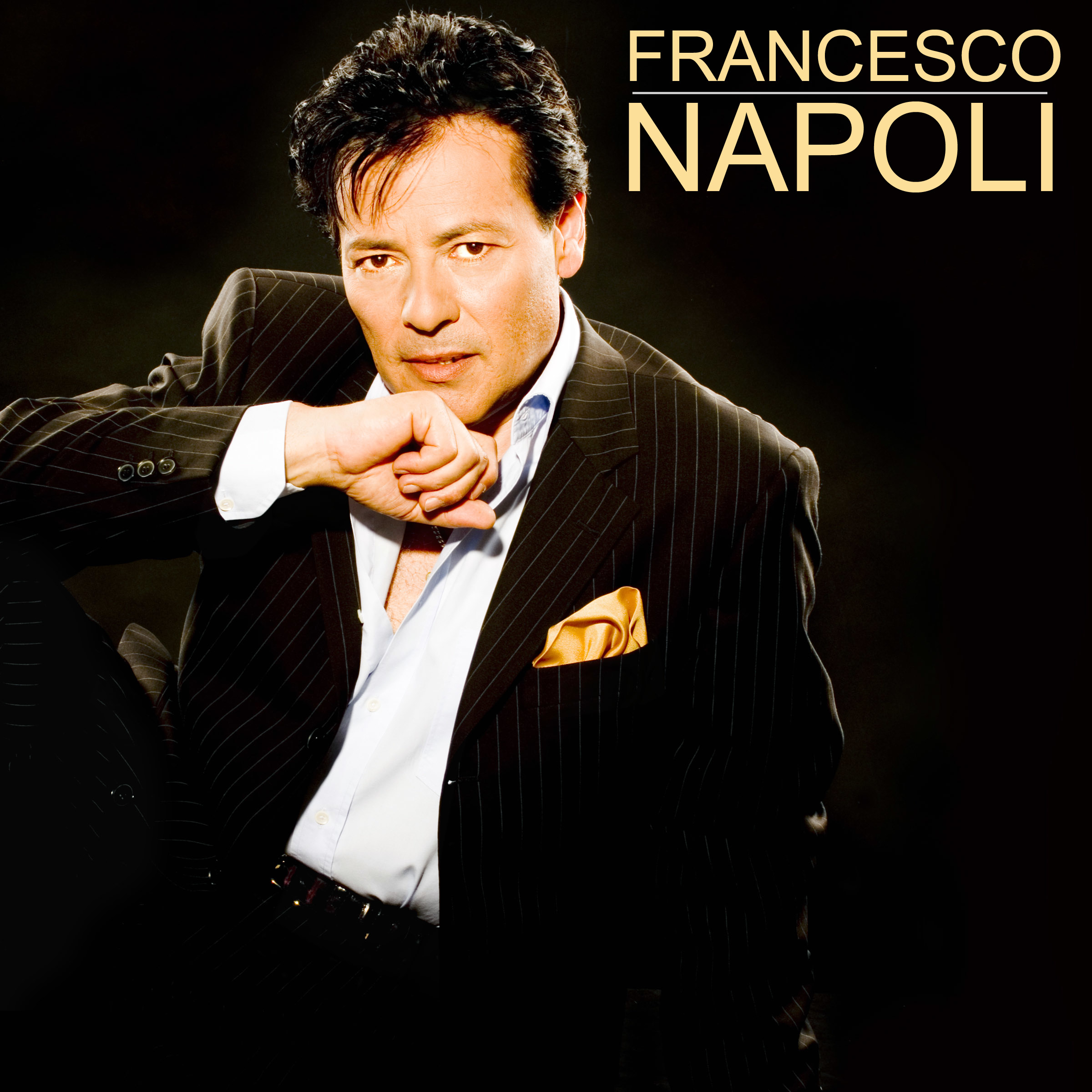
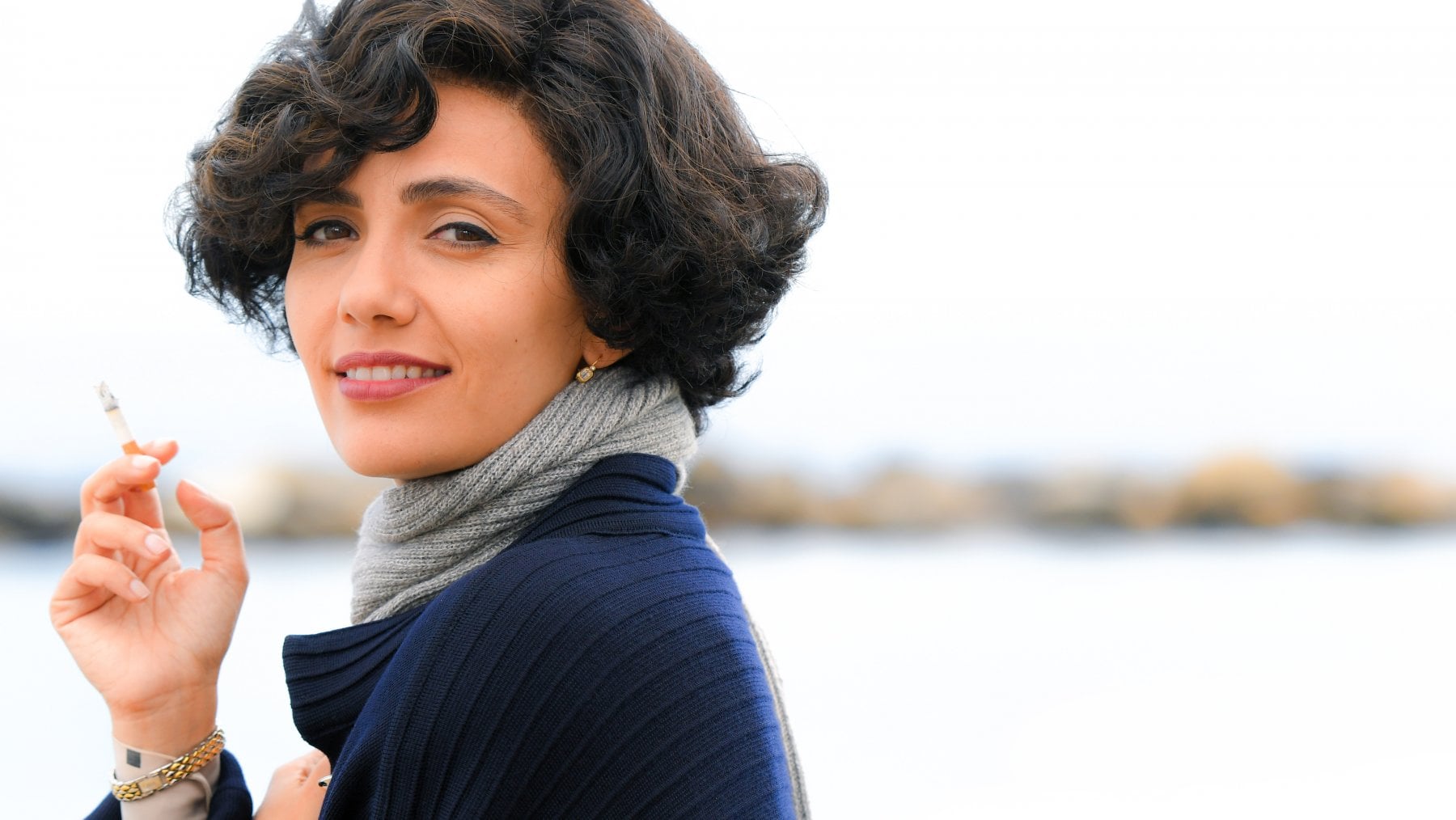
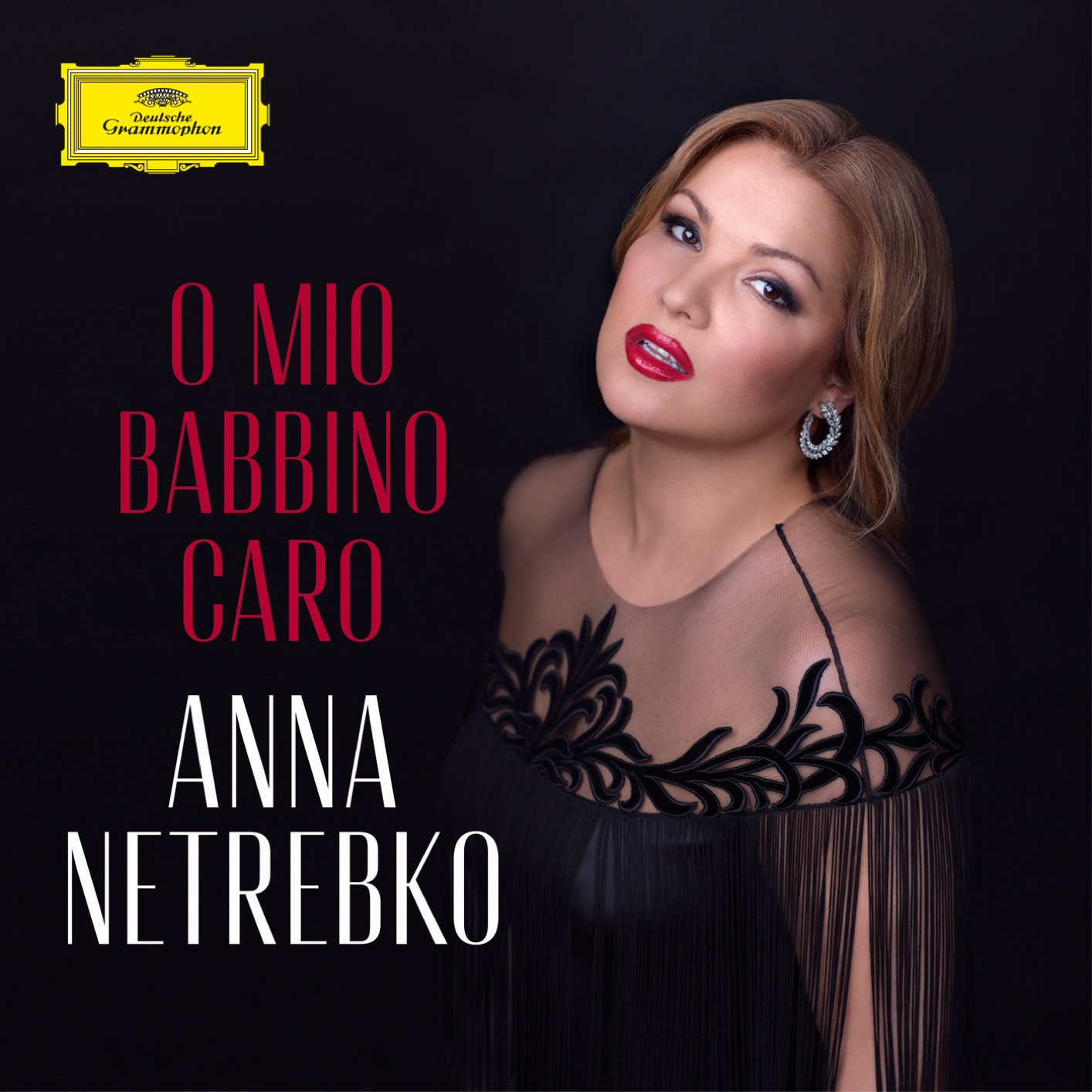








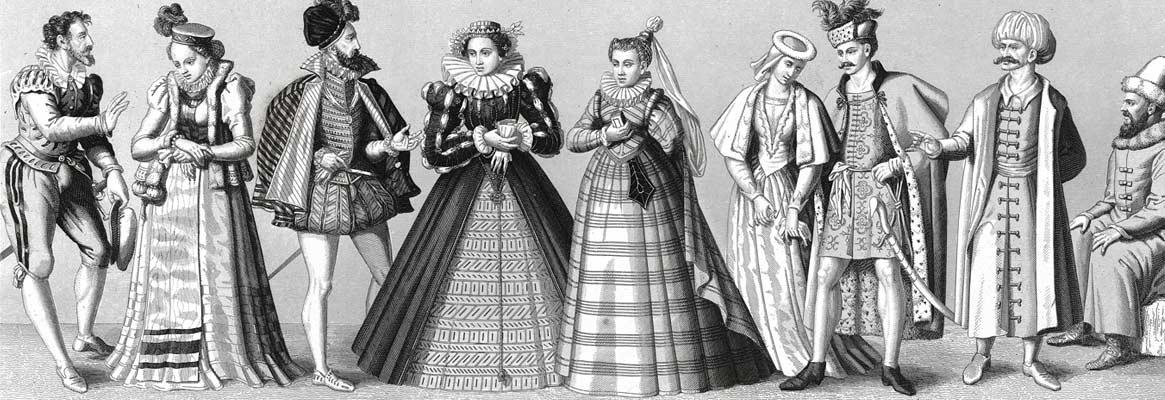
France was one of the most energetic and creative nations in Western history. The ever-evolving French clothing tradition has remained an inspiration for fashionistas, says Abarrna Devi R.
Fashion is an integral part of the society and culture in France and acts as one of the core brand images for the country. Haute couture and pret-a-porter have French origins. France has produced many renowned designers and French designs have been dominating the fashion world since the 15th century. The French fashion industry has cultivated its reputation in style and innovation and remained an important cultural export for over four centuries. Designers like Gabrielle Bonheur 'Coco' Chanel, Christian Dior, Yves Saint Laurent, Thierry Herms and Louis Vuitton have founded some of the most famous and popular fashion brands.
In the 16th century, fashion clothing in France dealt with contrast fabrics, clashes, trims and other accessories. Silhouette, which refers to the line of a dress or the garment's overall shape, was wide and conical for women and square for men in the 1530s. Around the middle of that decade, a tall and narrow line with a V-shaped waist appeared. Focusing on the shoulder point, sleeves and skirts for women were widened. Ruffles got associated with neckband of a shirt and was shaped with clear folds. A ruffle, frill, or furbelow is a strip of fabric, lace or ribbon tightly gathered or pleated on one edge and applied to a garment, bedding, or other textile as a form of trimming.
Outer clothing for women was characterised by a loose or fitted gown over a petticoat. In the 1560s, trumpet sleeves were rejected and the silhouette became narrow and widened with concentration in shoulder and hip.
Between 1660 and 1700, the older silhouette was replaced by a long, lean line with a low waist for both men and women. A low-body, tightly-laced dress was plaited behind, with the petticoat looped upon a pannier (part of a skirt looped up round the hips) covered with a shirt. The dress was accompanied by black leather shoes. Winter dress for women was trimmed with fur. Overskirt was drawn back in later half of the decades, and pinned up with the heavily-decorated petticoat. But around 1650, full, loose sleeves became longer and tighter. The dress tightly hugged the body with a low and broad neckline and adjusted shoulder.
Men's clothing did not change much in the first half of the 17th century. In 1725, the skirts of the coat acted as a pannier. This was brought about by making five or six folds distended by paper or horsehair and by the black ribbon worn around the neck to give the effect of the frill. A hat carried under the arm and a wig added to the charm. At court ceremonies, women wore a large coat embroidered with gold that was open in the front and buttoned up with a belt or a waist band. The light coat was figure-hugging with tighter sleeves. It was projected in the back with a double row of silk or metal buttons in various shapes and sizes.
French fashion varied between 1750 and 1775. Elaborate court dresses with enchanting colours and decoration defined style. In the 1750s, the size of hoop skirts got smaller and was worn with formal dresses with side-hoops. Use of waistcoats and breeches continued. A low-neck gown was worn over a petticoat during this period. Sleeves were cut with frills or ruffles with fine linen attached to the smock sleeves. The neckline was fitted with trimmed fabric or lace ruffle and a neckerchief (scarf).
Fashion between 1795 and 1820 in European countries transformed into informal styles involving brocades and lace. It was distinctly different from earlier styles as well as from the ones seen in the latter half of the 19th century. Women's clothes were tight against the torso from the waist upwards and heavily full-skirted. The short-waist dresses adorned with soft, loose skirts were fabricated with white, transparent muslin. Evening gowns were trimmed and decorated with lace, ribbons and netting. Those were cut low with short sleeves.
In the 1800s, women's dressing was characterised by short hair with white hats, trim, feathers, lace, shawls and hooded-overcoats while men preferred linen shirts with high collars, tall hats and short and wigless hair.
In the 1810s, dress for women was designed with soft, subtle, sheer classical drapes with raised back waist and short-fitted single-breasted jackets. Their hair was parted in the centre and they wore tight ringlets in the ears. Men's dress was fabricated with single-breasted tailcoats, cravats (the forerunner of the necktie and bow tie) wrapped up to the chin with natural hair, tight breeches and silk stockings. Accessories included gold watches, canes and hats.
In the 1820s, women's dress came with waist lines that almost dropped with elaborate hem and neckline decoration, cone-shaped skirts and sleeves. Men's overcoats were designed with fur of velvet collars.
Fashion designers still get inspired by 18th century creations. The impact of the 'clothing revolution' changed the dynamics of history of clothing. Paris is a global fashion hub and despite competition from Italy, the United Kingdom, Spain and Germany, French citizens continue to maintain their indisputable image of modish, fashion-loving people.
About the author
Abarrna Devi R is a final year B. Tech student in the department of fashion technology in Bannari Amman Institute of Technology, Sathyamangalam, Coimbatore, and Tamil Nadu.
References
1. Dauncey, Hugh, ed., French Popular Culture: An Introduction, New York: Oxford University Press (Arnold Publishers), 2003.
2. DeJean, Joan, the Essence of Style: How the French Invented High Fashion, Fine Food, Chic Cafes, Style, Sophistication, and Glamour, New York: Free Press, 2005, ISBN978-0-7432-6413-6
3. Kelly, Michael, French Culture and Society: The Essentials, New York: Oxford University Press (Arnold Publishers), 2001, (a reference guide)
4. Nadeau, Jean-Benot and Julie Barlow, Sixty Million Frenchmen Can't Be Wrong: Why We Love France but Not the French, Sourcebooks Trade, 2003, ISBN1-4022-0045-5
5. Bourhis, Katell le: The Age of Napoleon: Costume from Revolution to Empire, 1789-1815, Metropolitan Museum of Art, 1989. ISBN0870995707
